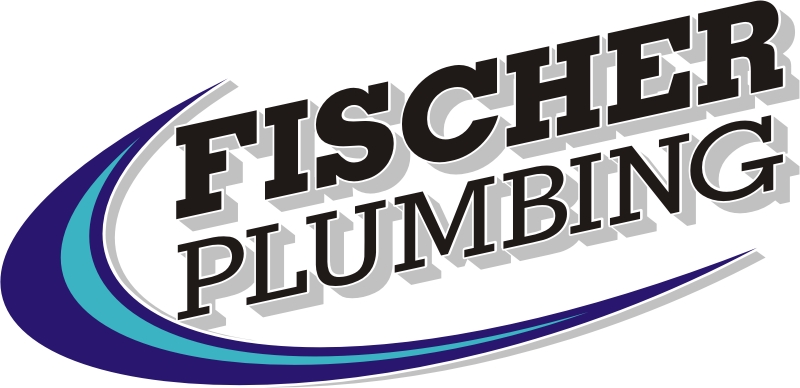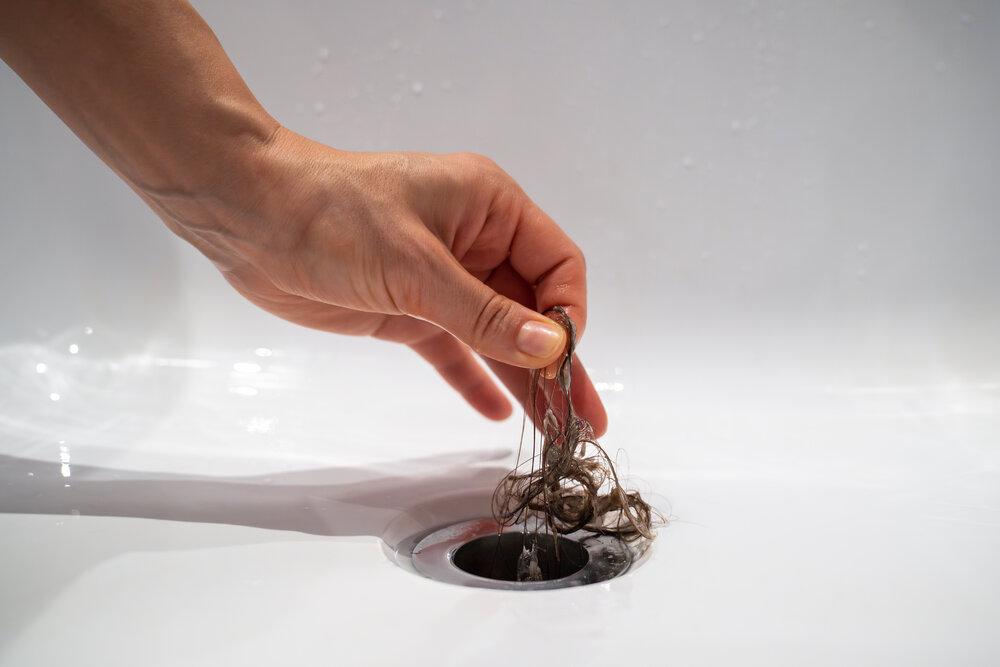How To Increase Water Pressure For A Shower
If you start your day with a shower, chances are you’re at least partially relying on it waking you up. After many questions were asked, how can we increase water pressure in a shower? Fischer Plumbing experts have decided to write all the best ways to fix low water pressure in the shower.
If you suffer from low water pressure, your shower is not doing the job properly. The problem doesn’t always have to do with the house and the pipes: in fact, you may be putting up with sub-par pressure when a simple fix or equipment swap can solve all your problems.
What Is The Normal Pressure A Shower Should Have
Water pressure in your shower needs to be good enough for you to have a pleasant showering experience. If you are experiencing no water pressure in the shower, it can be pretty frustrating and a prolonged start or end to the day. The average pressure range for a shower should be between 40 to 60 pounds per square inch (psi).
This pressure range ensures that the water stream is strong enough and not too weak. If there is weak water pressure in the shower, the stream won’t be able to effectively remove soap and shampoo from your body.
However, if the pressure levels exceed this range, it can lead to water wastage, higher water bills, and damage to your plumbing system.
Many factors can contribute to the change in water pressure. It could depend on the home’s location and the plumbing system’s condition. If you are experiencing condition of the ing a sudden pressure, it is best to call a plumber to investigate and fix the water pressure in the shower.
Why Is The Water Pressure Low In The Shower
Before we proceed to improve water pressure in the shower, it’s important to consider the causes of low water pressure. This knowledge will help you understand the procedure you need to follow to fix the problem.
The first reason for Low Water Pressure is plumbing problems. Blockages or leaks in the plumbing system can cause them. Make sure to check that the plumbing system in your house or apartment is functioning properly and isn’t causing the low water pressure issues.
Another reason is the old main pipes that supply water to the houses. This normally happens in cities where it is harder for the local authorities to upgrade the main water pipes. Old water pipes mean low water pressure in the houses.
Other reasons can include people living in rural areas where the water supply for houses comes from wells. In this case, a broken or faulty water pump may also contribute to the low water pressure supply.
Alternatively, if you live in a rural area, your water may come from a well. In this case, a broken or faulty pump may be the reason for your low water pressure.
Now that we know that water pressure depends on how it is supplied, the low water pressure in the shower issue is easy to fix.
Let’s begin with how to fix the water pressure in the shower and how to get more water pressure in the shower.
How To Increase Water Pressure In Your Shower
You can do several things to improve the water pressure in the shower, and most of the tips will cost you nothing.
Go through our prepared list and find the most inexpensive way to improve the water pressure in your shower.
Blame THe Showerhead
By law, many showerheads are designed to lessen the flow of water to deliver only a certain amount per minute. This is all well and good, but many times, the principle might be taken a bit too far, resulting in low water pressure.
How to Fix: A simple way to increase the water pressure in the showerhead is to purchase a new showerhead – they’re inexpensive items – and look for the washer inside. This is designed to restrict the water flow, but you can widen this with a drill until the water flows properly.
This may solve the problem of a stingy showerhead, but if there’s an actual problem, you might have to dig deeper. The head is the first place to look if you’re having pressure problems. Often the inside can become clogged, and this requires removing the head and cleaning out whatever may be causing the blockage. Showerheads are usually easy to screw off and on and don’t require a multitude of special tools.
Faulty Plumbing Pipes
If clearing the showerhead doesn’t produce results, then the problem may be with the pipe itself. A galvanized pipe is one coated in molten zinc, and it is often no longer used in newer homes. This is because, over time, it may corrode and cause leakages, which can lead to most of the water escaping before it even gets to your shower.
The zinc in the pipe will corrode and rust, falling off the walls and blocking the way. This may lead to water with a faint tinge of copper, as the flow has to pass through mounds of rusted metal.
How to Fix: Rust inside the pipes isn’t especially harmful; you may wish to install tap filters for drinking water, but otherwise, you can keep using water in the same way as you have been. This is only short-term, however, and you’ll eventually need to have the pipes replaced, especially if your shower is suffering from low pressure. Different pipes suit different types of houses, with copper being appropriate in some cases and other materials—polyethylene, for example—suit others.
Check For A Flow Restrictor
Recently, showerhead manufacturers introduced flow restrictors into their designs to comply with the requirements of the National Energy Act in the USA, which was brought in to help customers reduce their water supply bills and to help the environment.
Flow Restrictors contain small holes that reduce the flow of water supply, maintaining a moderate pressure of water passing through the showerhead.
How to Fix: If the water pressure in the shower is still not fixed, you should try to remove the flow restrictor. You can read the standard manual that came with your shower head, or if you have lost it, you can go through the how-to remove flow restrictor from the shower head video. Check the water flow after removing the flow restrictor to fix the problem.
Check For Kinks
The kinks can also be one of the reasons for low water pressure. Checking for any kinks present in the hose or water line can be a smart move.
How to Fix: If you have a flexible water line supplying water to your bathroom shower, make sure it is not twisted. Twisting will cause the water pressure to be very low.
Check The Valve
If you have recently called a plumber to your house to fix any other water issues, you should check for the main water valve or the valve supplying water to the bathroom shower. Sometimes, plumbers leave or forget to turn the water valve fully on, which can lower the water pressure.
How to Fix: To increase water pressure in the shower, make sure your house’s water valve is fully open.
Check For Leaks
Leaking water supply pipes can reduce the amount of water that reaches your shower. Also, leaking water pipes installed in the housewalls can damage the walls and cost a lot to fix.
How to Fix: Check the water pipes for any leaks and call the plumbing professionals if you find one to fix it.
Hot & Cold Water Valve Shut Off
Sometimes, low water pressure issues can happen with the Hot and Cold water supplies of the shower. Maybe one of them is supplying low water pressure in the shower.
How to Fix: If your shower has both hot and cold water supplies and one of them is not supplying high-pressure water, you should check the hot and cold water shut-off valves in your house and make sure they are both fully open.
A New Shower Pump
Another reason for low water pressure in the shower is the shower pump, which is used to increase the water pressure in the shower.
How to Fix: If your shower is not working properly,, you should install a new shower pump. Installing a new shower pump is not costly. If you don’t know how to replace the old shower pump, calling a professional plumber may be a good idea.
Taking Showers In Off-Hours
For example, if you find that your shower does not provide pressured water in the morning, the reason might be that everyone in your area is using water for bathing, washing cars, or cooking in the morning, which can lower the supply of water in your house.
How to Fix: Try to take a shower in the off-hours when you are sure that no one is using the water in your area.
Check The Appliances
Using water for home appliances like washing machines and dishwashers or watering plants at the same time can decrease the supply of water to your bathroom.
How to Fix: Try not to use all the home appliances related to water use at the same time or take your shower before using any other appliances.
Inexpensive Ways To Increase Water Pressure In The Shower
In some cases, you may find some issues which are easily fixable and are inexpensive. For example, replacing the showerhead or valve. If the problem goes beyond a faulty showerhead, you may need to call a professional plumber – but at least you can determine the cause of the problem yourself, and know exactly what needs to be done.

Call The Professionals
Call Fischer Plumbing Right Away And Get The Best Sewer Line Repair Service At Your Doorstep.



